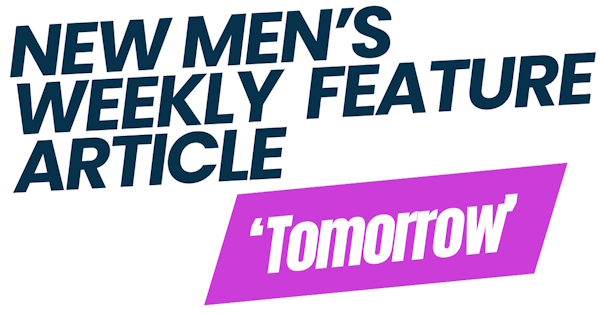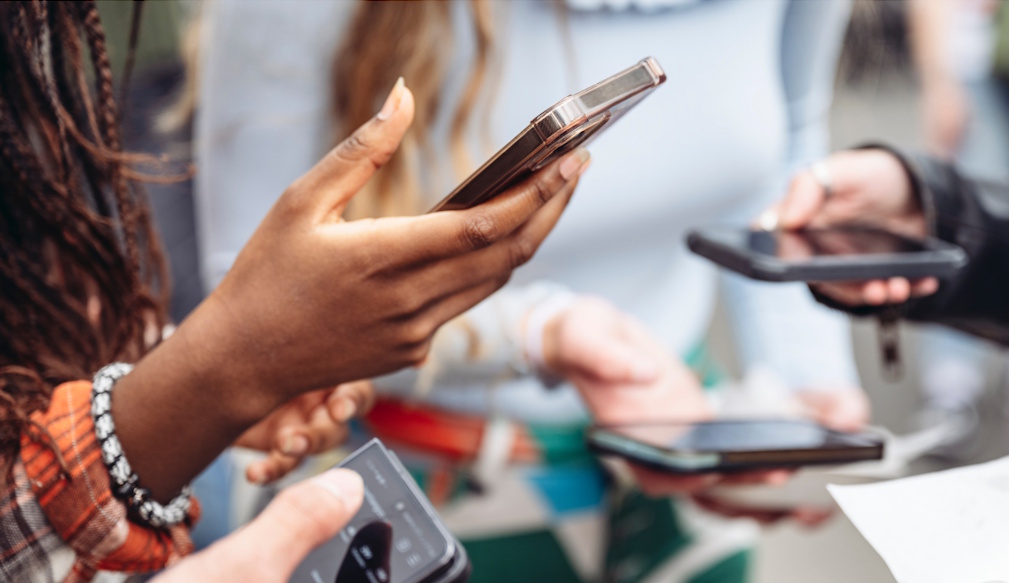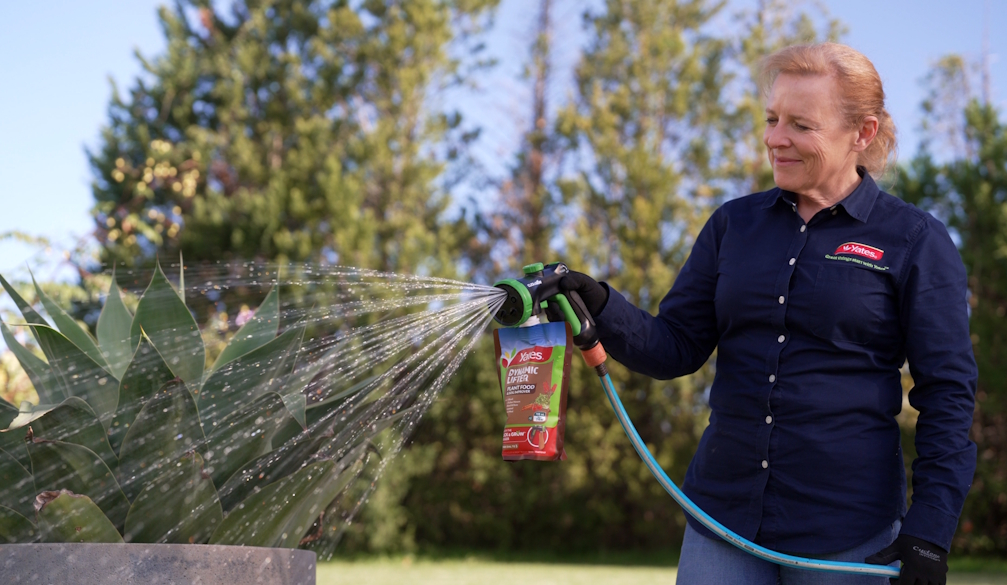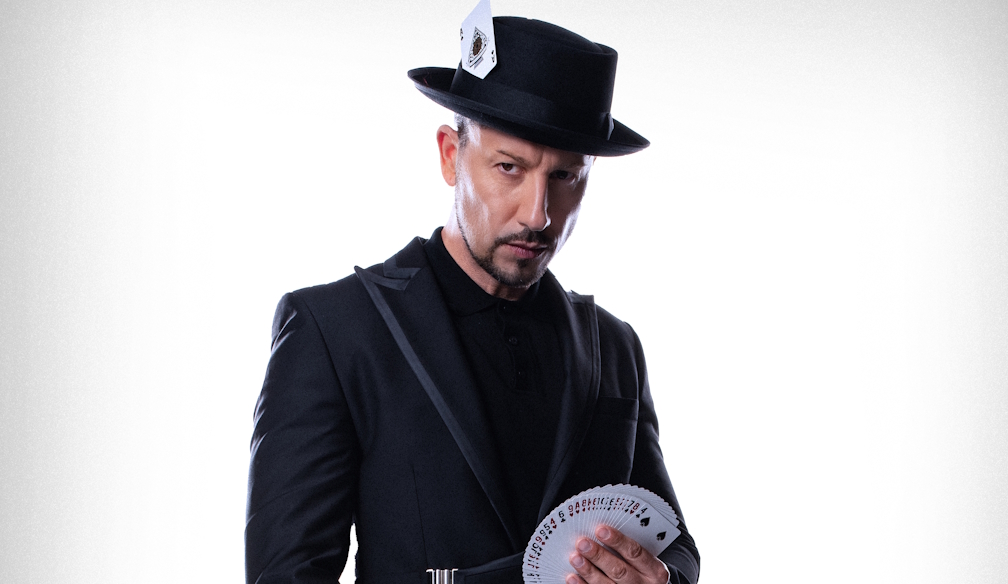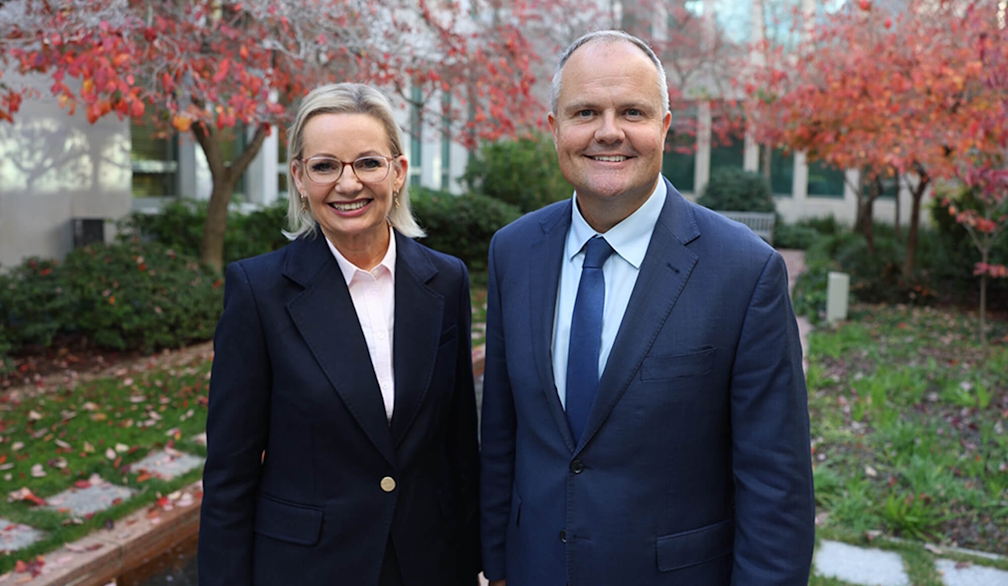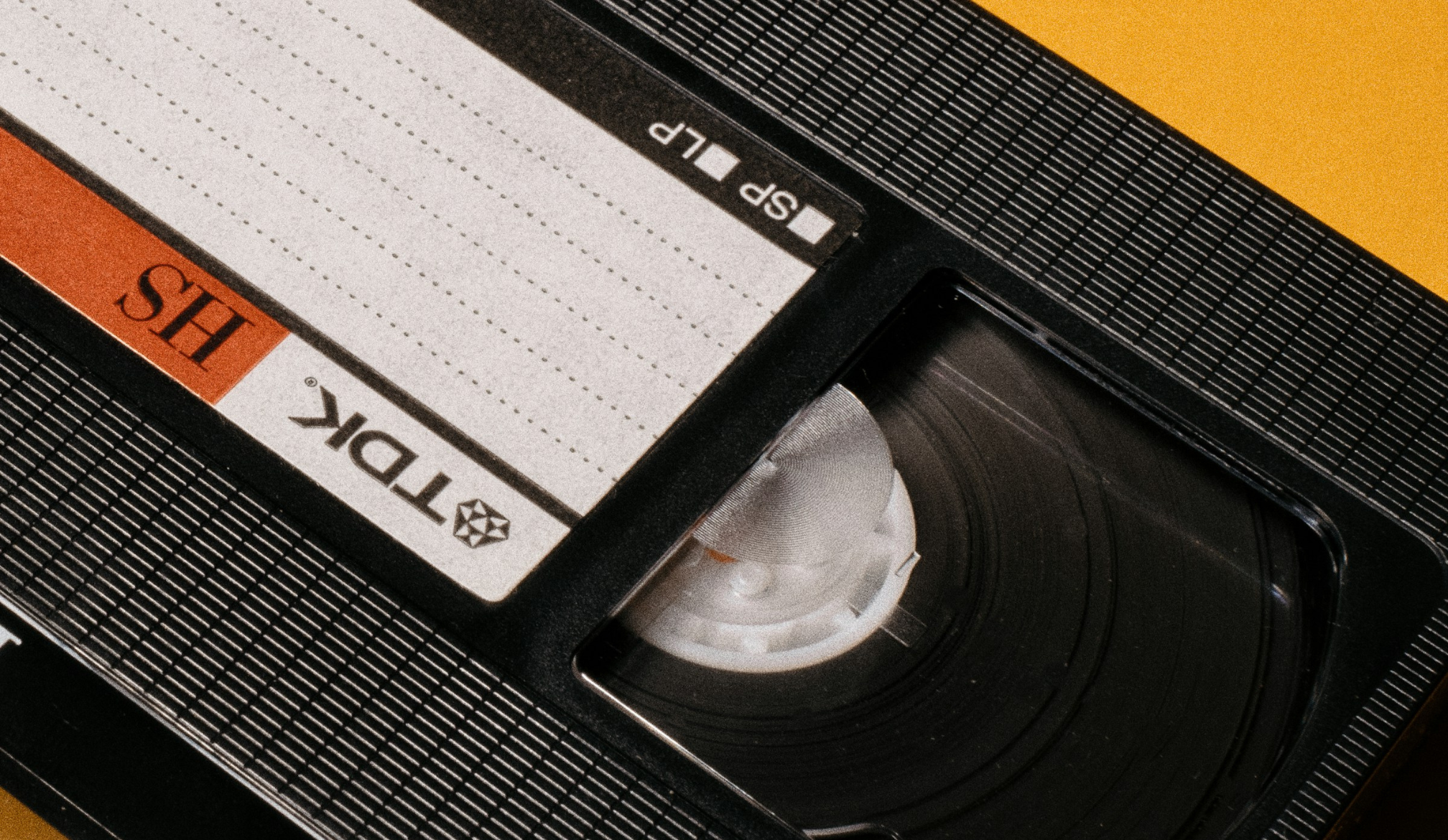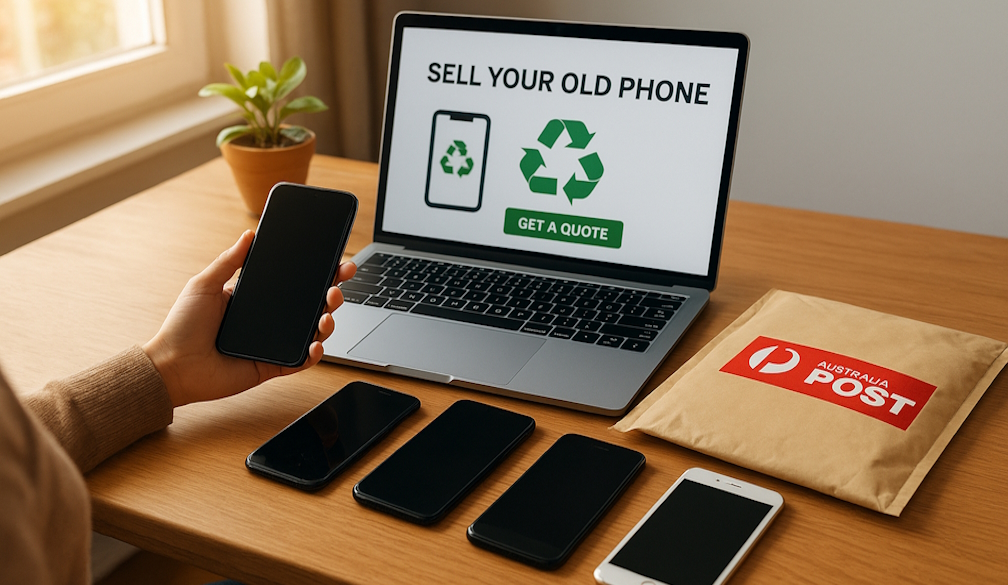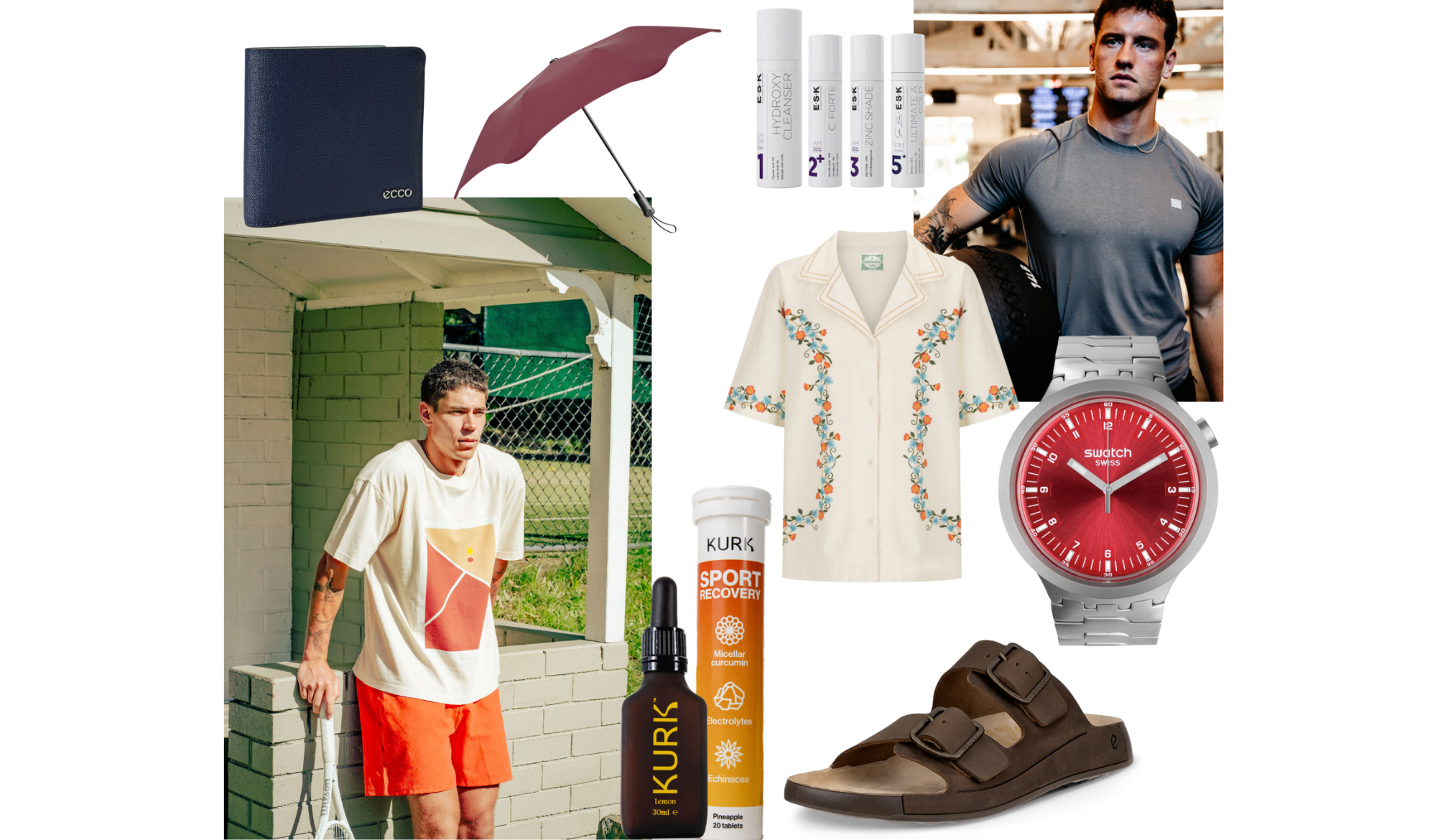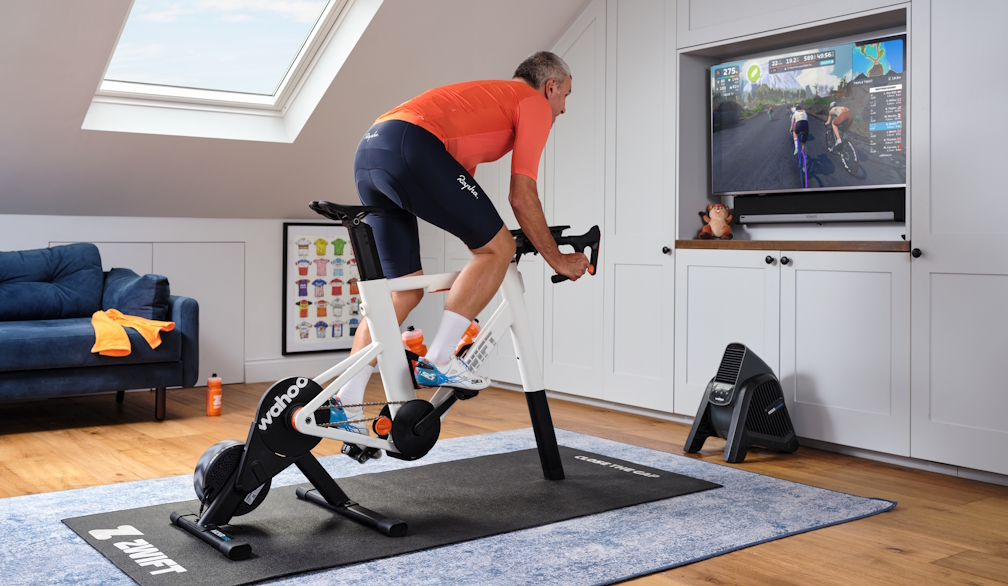Men’s Mental Health week 2023: How small businesses can support healthy work habits
- Written by Kate Rourke, Head of Creative Insights for Asia Pacific at Getty Images & Stock

With Men’s Health Week fresh in our minds, this year's theme of “healthy habits” reminded us that work-life balance is a key component of men’s wellbeing.
However, with the recent spree of high-profile leaders’ resigning citing burnout as a contributing factor,including Mark McGowan, Damien Hardwick and David Kochie, it is evident that there is more that can be done to get this balance right.
According to iStock’s VisualGPS research, after three years of the COVID-19 pandemic, perceptions around mental health and personal wellbeing are changing. From tracking global consumer sentiment over the last three years, iStock’s visual experts have noticed a profound shift towards wellness, with work/life balance moving from fifth to the number one priority for people.
For businesses, this means changing how they visualise wellness as a concept for their audiences – particularly for men, as they continue to face mounting work and career expectations to cope with economic pressures .
Before the pandemic, most popular wellness visuals were primarily focused on physical fitness through elite trends such as yoga classes in spa resorts or expensive gym memberships. During the pandemic, the concept of ‘health’ evolved into a social and emotional issue where accessibility to wellness was vital for all, with mental health at the forefront of the conversation.”
More recently, the desire for self-care continues to be important. iStock’s VisualGPS reveals that younger generations believe maintaining a healthy lifestyle is a priority, with 84% of Gen Z and Millennials planning to develop daily wellness practices. Even “old fashioned” Generation Alpha, are valuing more family time alongside playing and spending time outdoors.
With burnout top of mind, here are some key takeaways on how Aussie businesses can incorporate visual trends into their marketing and advertising materials to authentically visualise wellness for men.
Togetherness is wellness
Only 1 in 10 visuals used by businesses show people interacting with friends or spending time with their families. Showcase images and videos of men fostering emotionally beneficial and accepting relationships, including the power of friendship, bonding, mindfulness and self-reflection. Nothing fuels emotional health like celebrating with the people we love.
Health as a lifestyle
To highlight wellness as a lifestyle, SMBs can depict wellness as an ongoing journey rather than a destination. Show how men can make small and intentional changes in their daily lives that contribute to their overall well-being, which span beyond physical activity. Consider visuals that show men in active pursuit of managing their emotions, creating productive habits, and getting more from social interactions. Prioritise images and videos showing activities that help reduce stress or making intentional decisions that help achieve goals.
Portray authentic physical health
One of the most common visual depictions of wellness is physical exercise, and most of the time exercise is shown as walking, jogging or yoga. Individual wellness predominates most depictions as only 1% of the wellness images and videos used by brands feature a team sport. Wellness, therefore, is shown as solitary rather than a community-based activity. Furthermore, individual wellness visuals favour younger people. In fact, less than 15% of physical wellness visuals depict older adults. However, according to VisualGPS research, visuals showing people of different ages playing a sport engages consumers the most. Wellness can be better represented by showing a group of adults enjoying a sport together rather than in isolation.
Mindful technology that cares
VisualGPS data shows that nearly 66% of millennials are excited by the impact that technology has on wellness, such as meditation apps and fitness/health trackers. Today, even fitness devices that serve as a reminder and motivator to exercise are adapting their functionalities to fit a wider understanding of wellness. With this in mind when selecting visual content, consider how tech devices are being purposefully applied in scenarios like sports and leisure, and how technology can empower us to monitor our health and well-being. Think about scenarios that show tech devices being used to support physical wellness. However, also consider the moments people turn to technology to wind down, like using a meditation app, tracking sleep, or simply listening to music.
Less aspirational wellness
While aspirational visual storytelling around wellness worked historically, 53% of people globally would now prefer to buy from businesses whose values align with their own. There is a huge opportunity for SMBs to connect through more holistic wellness visual storytelling by showing real people reaping the emotional and social rewards as a key aspect of wellness. Consider images and videos that seem candid and show people that you may come across in your daily life, including people from different social backgrounds. Show them interacting within communities and among other groups—and portraying them across multiple intersections of identity, such as age, gender identity, gender expression, sexual orientation, disability, or body types.



